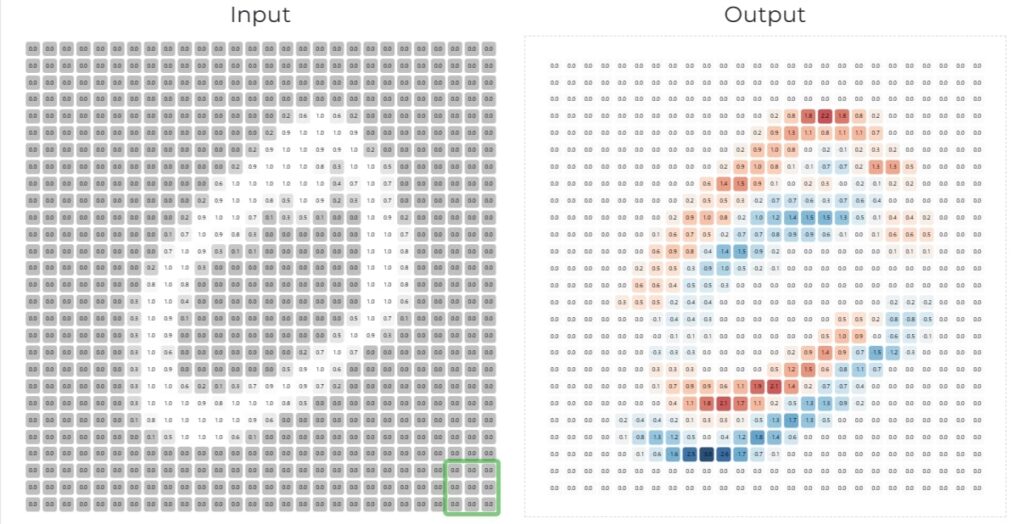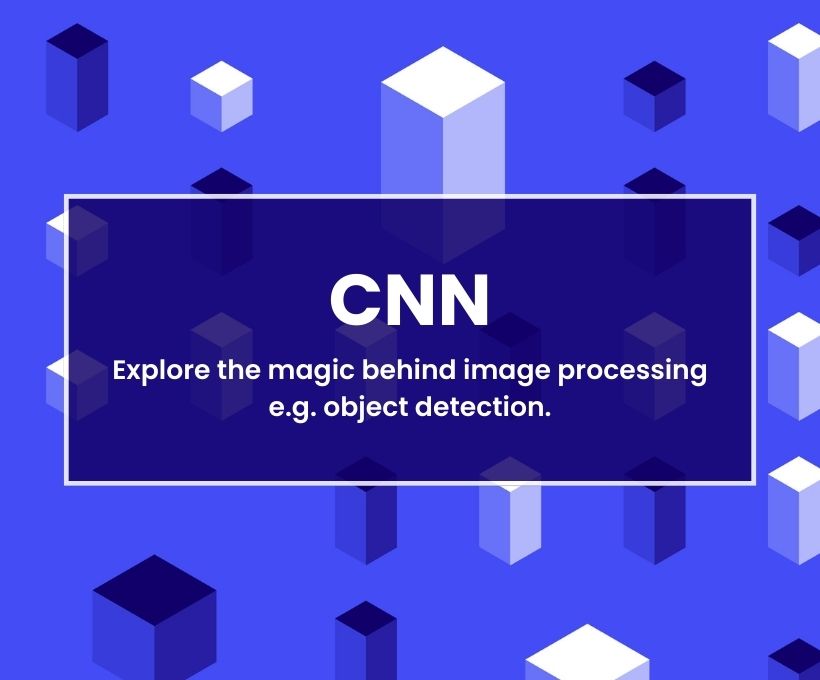Table of Contents:
- Introduction to CNNs
- The Mechanics of Convolution
- Pooling: Simplifying the Complex
- The Journey to Classification: Flattening & FCNN
- Role of Neurons in CNNs
- Key Differences Between ANN and CNN
- Visual Representation and Insights
- Conclusion: A Recap of CNN Functionality
- Let’s Collaborate
1. Introduction to CNNs
Convolutional Neural Networks (CNNs) have transformed the field of Artificial Intelligence, particularly in computer vision tasks. CNNs are designed to identify patterns and features in images, making them highly effective for tasks such as:
- Image Classification: Recognizing objects within images.
- Object Detection: Locating objects in a scene.
- Object Tracking: Following an object through a sequence of images or video frames.
Their architecture mimics the human visual system, allowing them to process and interpret image data efficiently.
2. The Mechanics of Convolution
At the core of CNNs lies the convolution operation, which is fundamental to feature extraction:
- Filters (Kernels): These small, learnable matrices slide across an image to identify features like edges, textures, or patterns. For example, a filter might detect horizontal lines or corners.
- Feature Maps: The result of applying filters to the input image. These maps highlight regions with significant feature relevance.
- ReLU Activation: After applying filters, a non-linear activation function like ReLU (Rectified Linear Unit) sets all negative values in the feature map to zero, effectively enhancing feature detection that eventually helps the model to learn.
Working of Convolution Operation:
- Sliding Window: A filter slides over the input image in a stepwise manner (controlled by stride), covering small patches at a time.
- Dot Product: For each patch, the filter computes the dot product between its weights and the corresponding image region.
- Summation: The dot product results are summed up to produce a single value.
- Result Placement: This value is placed in the corresponding location of the feature map.
- Repetition: The process is repeated for all patches, generating the complete feature map.
The convolution operation enables CNNs to focus on specific patterns in the input data, effectively capturing spatial hierarchies of information.
Consider exploring the working of convolution operation here.

3. Pooling: Simplifying the Complex
After performing the convolution operation, we generally apply pooling. Pooling layers are essential for reducing the dimensions of feature maps while retaining important information. They summarize data in a way that simplifies computations and prevents overfitting.
Working of Pooling:
- Region Selection: A region from the feature map is selected e.g. 2×2 or 3×3 and the pooling is applied to the complete feature map step by step.
- Value Aggregation: Based on the pooling type, a representative value is selected or calculated:
- Max Pooling: Selects the maximum value from a region, retaining the most prominent features.
- Average Pooling: Computes the average of values in a region, offering a smoother representation.
- Min Pooling: (Less common) Selects the minimum value in a region.
- Downsampling: The aggregated values form a reduced-size feature map, simplifying data while preserving critical patterns.
Pooling reduces the size of feature maps, making the network computationally efficient without losing critical patterns.
4. The Journey to Classification: Flattening & FCNN
After extracting features i.e. passing the input from all the convolution/pooling layers, CNNs proceed to classification via the following steps:
- Flattening: Converts 3D feature maps into a 1D vector, preparing the data for fully connected layers.
- Fully Connected Neural Networks (FCNN): These layers interpret the extracted features and assign probabilities to different classes.
For example, in an image classification task, an FCNN determines the likelihood of the image belonging to predefined categories like “cat” or “dog.”
5. Role of Neurons in CNNs
Neurons in CNNs work through:
- Convolution Operations: Applying filters to learn patterns from input data. Each neuron applies a filter.
- Learning Weights: Filters adjust their weights during training to minimize errors.
- Activation and Pooling: Introducing non-linearity and reducing dimensions for efficient computation.
How Neurons Learn:
- Forward Pass: Computes predictions based on current weights.
- Backpropagation: Adjusts weights iteratively to reduce errors by propagating feedback.
7. Key Differences Between ANN and CNN
| Aspect | Artificial Neural Networks (ANN) | Convolutional Neural Networks (CNN) |
|---|---|---|
| Structure | Fully connected layers only | Convolution + Pooling + FCNN |
| Parameters | One weight per neuron | Multiple weights per filter |
| Focus | Abstract features | Spatial and localized patterns |
Both ANN and CNN use backpropagation for training, but CNN’s convolutional layers make it more efficient for spatial data.
8. Visual Representation and Insights
Visual aids are invaluable for understanding CNN workflows. Observations include:
- Effective Convolution: Filters highlight significant patterns in the image with high pixel values.
- Pooling: Reduces the complexity of data while preserving important features.
- Errors: Incorrect filter settings can propagate errors, affecting results.
You can explore a visual representation of CNN here.
9. Conclusion: A Recap of CNN Functionality
CNNs are indispensable in modern AI, excelling in tasks that require feature detection and classification. Their workflow—from convolution and pooling to fully connected layers—mirrors the hierarchical processing of the human visual system. By effectively learning patterns and features, CNNs enable groundbreaking advancements in computer vision and beyond.
10. Let’s Collaborate
As we explore the potential of CNNs together, opportunities abound to solve real-world challenges and create innovative solutions. Let’s harness the power of AI to make a difference.
